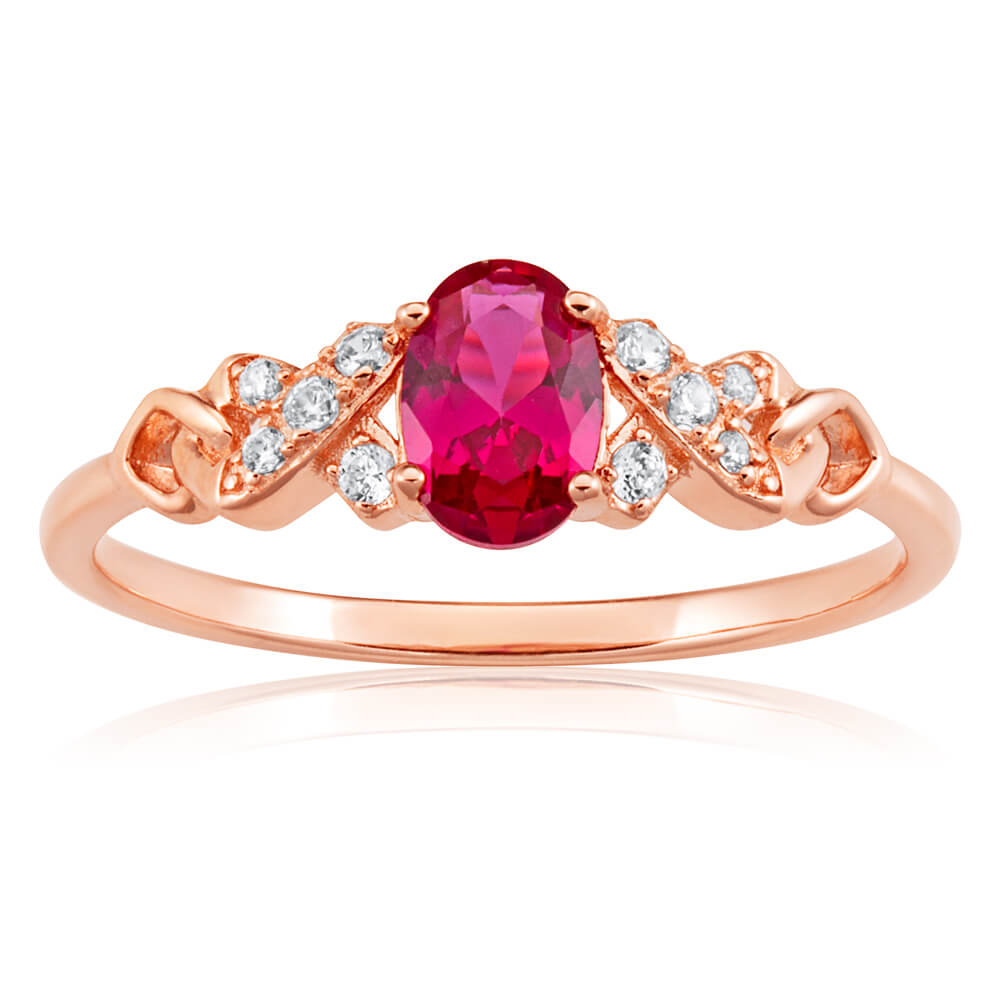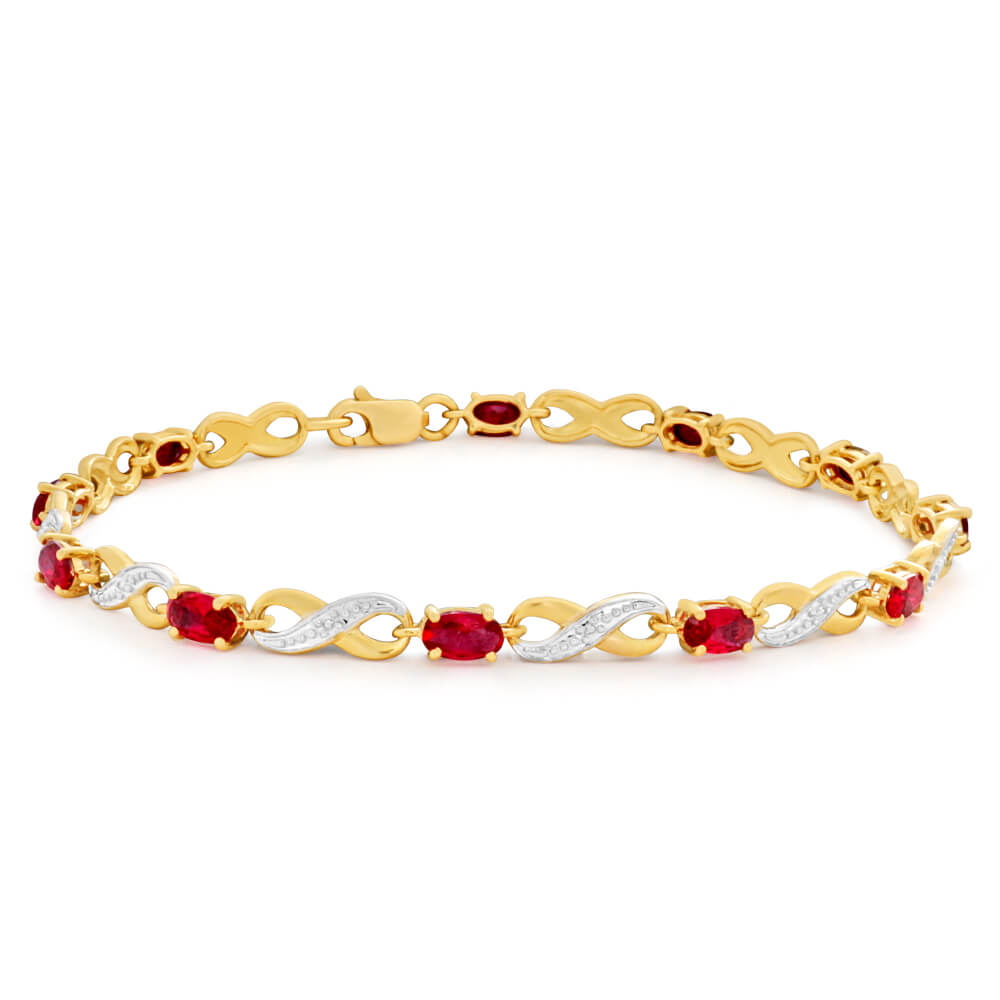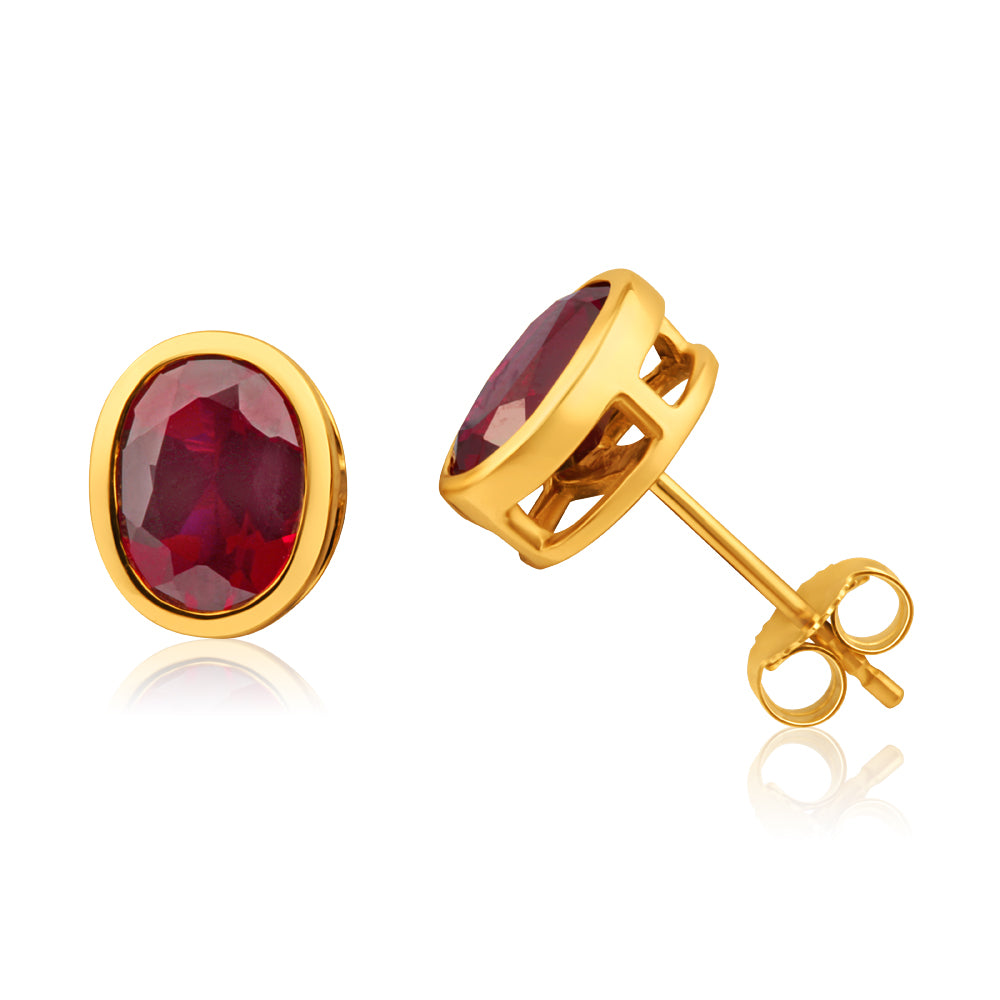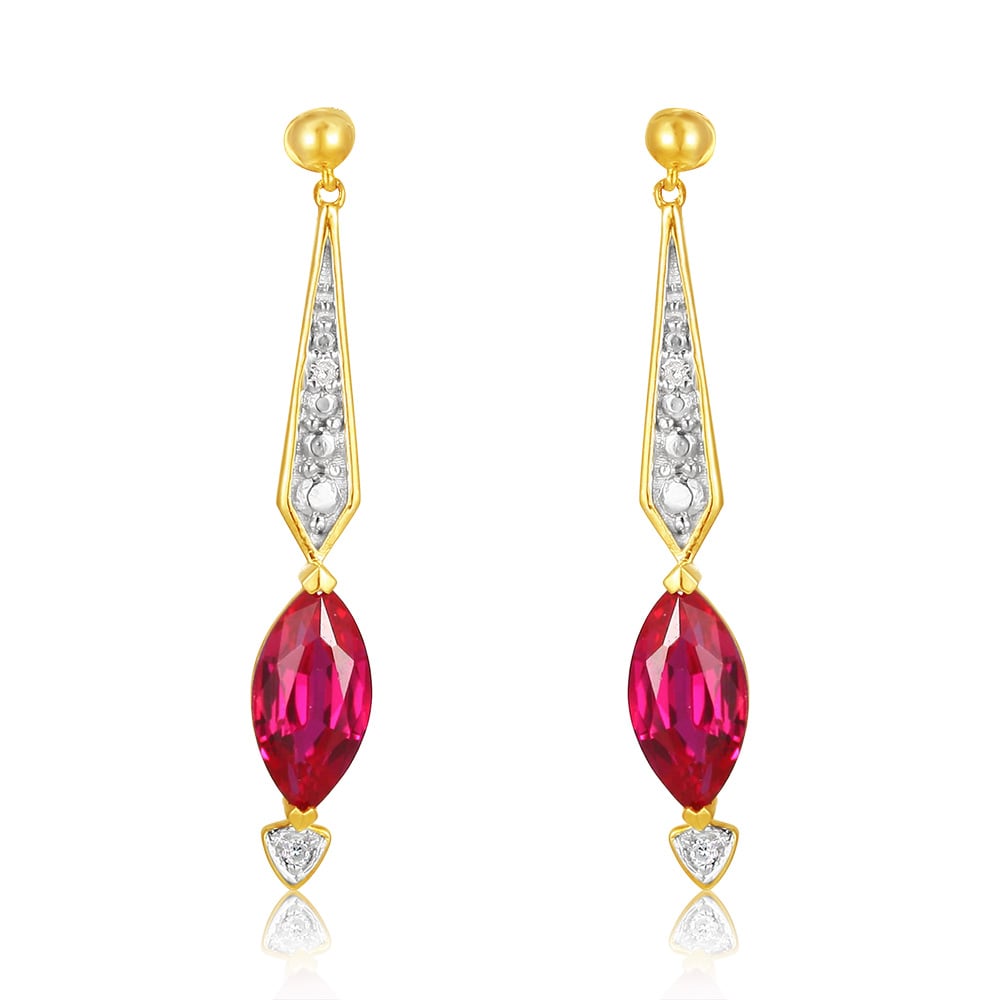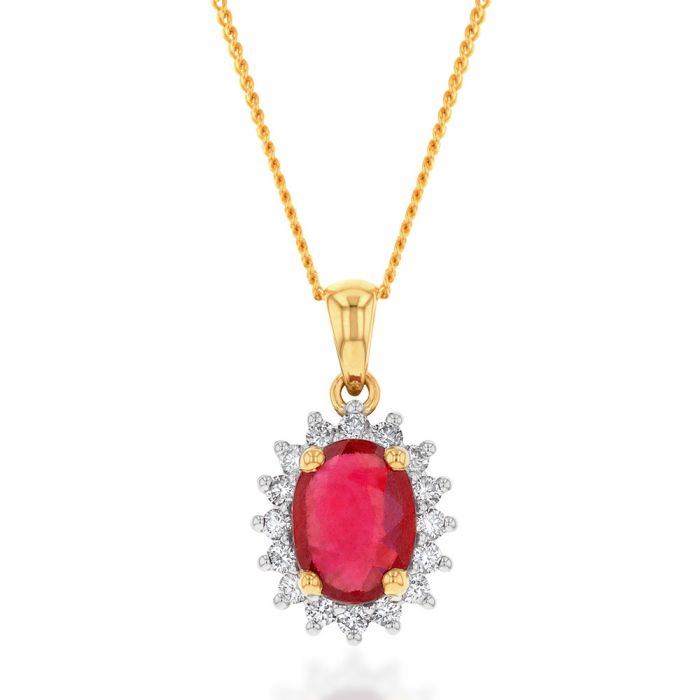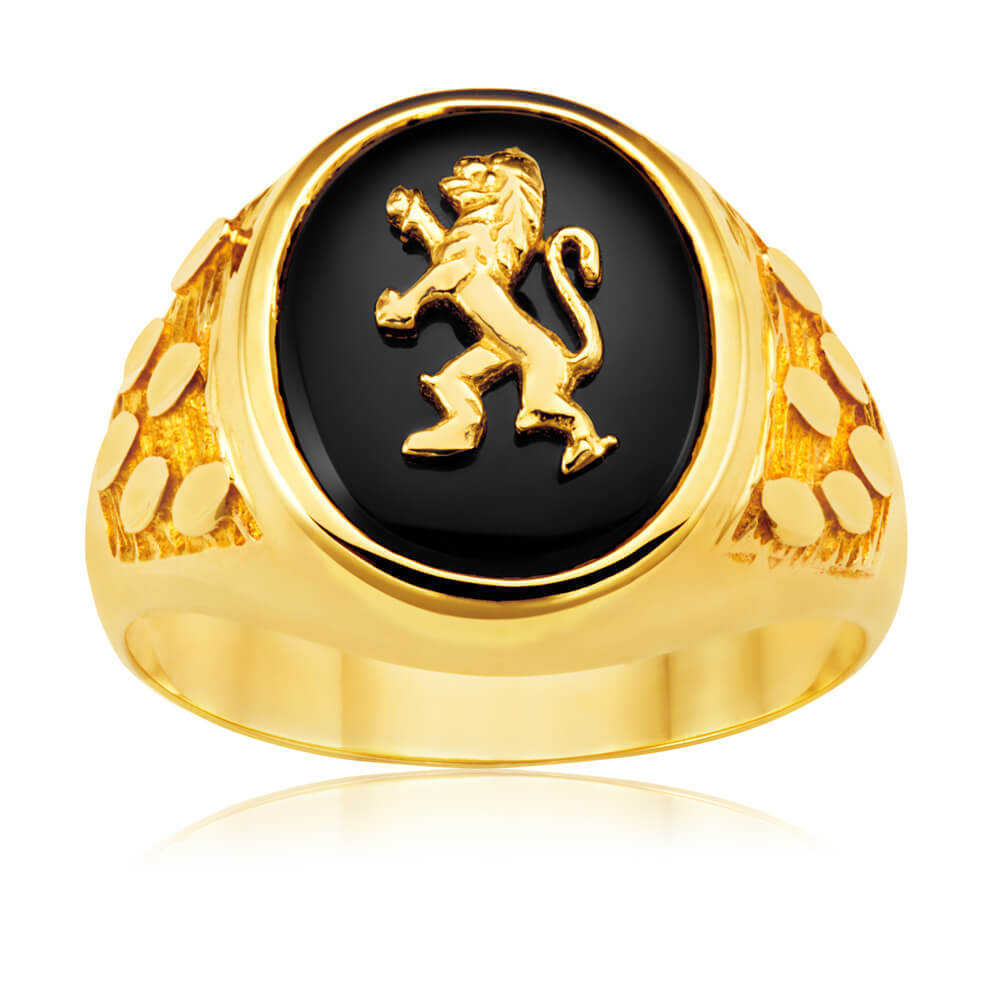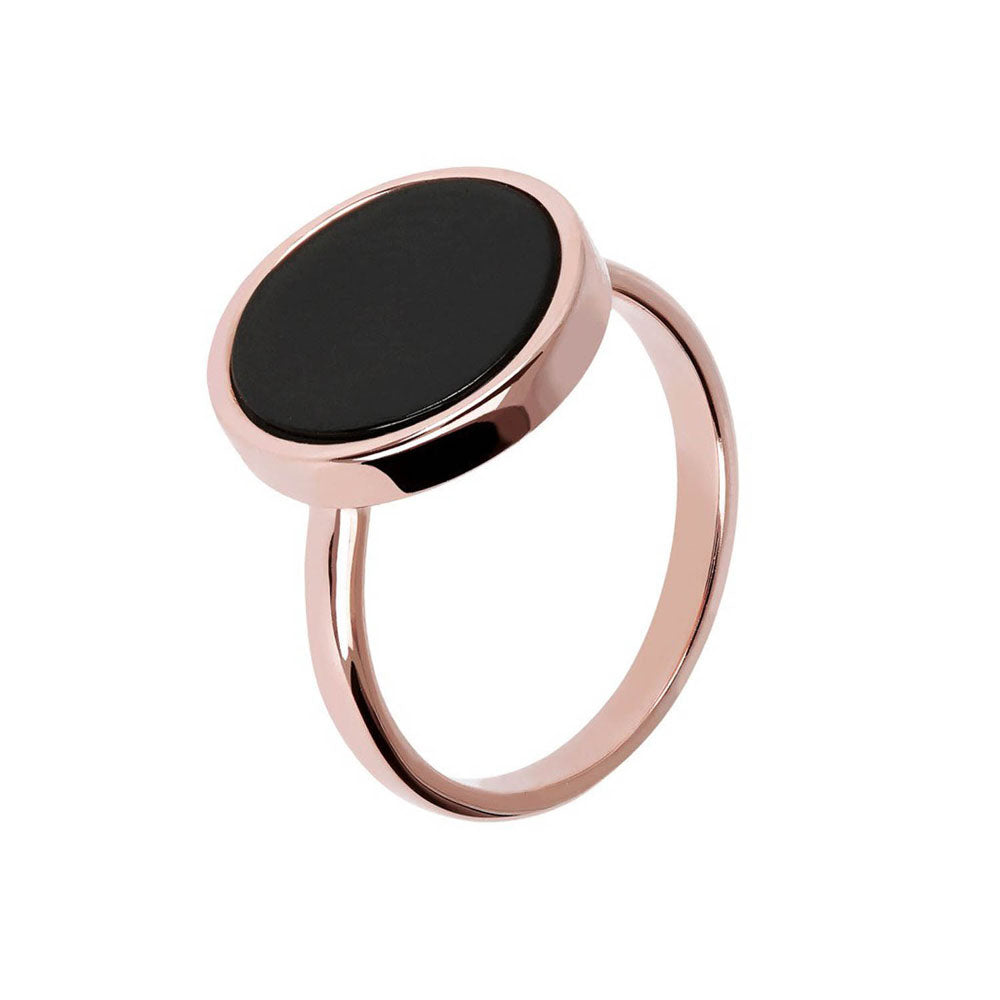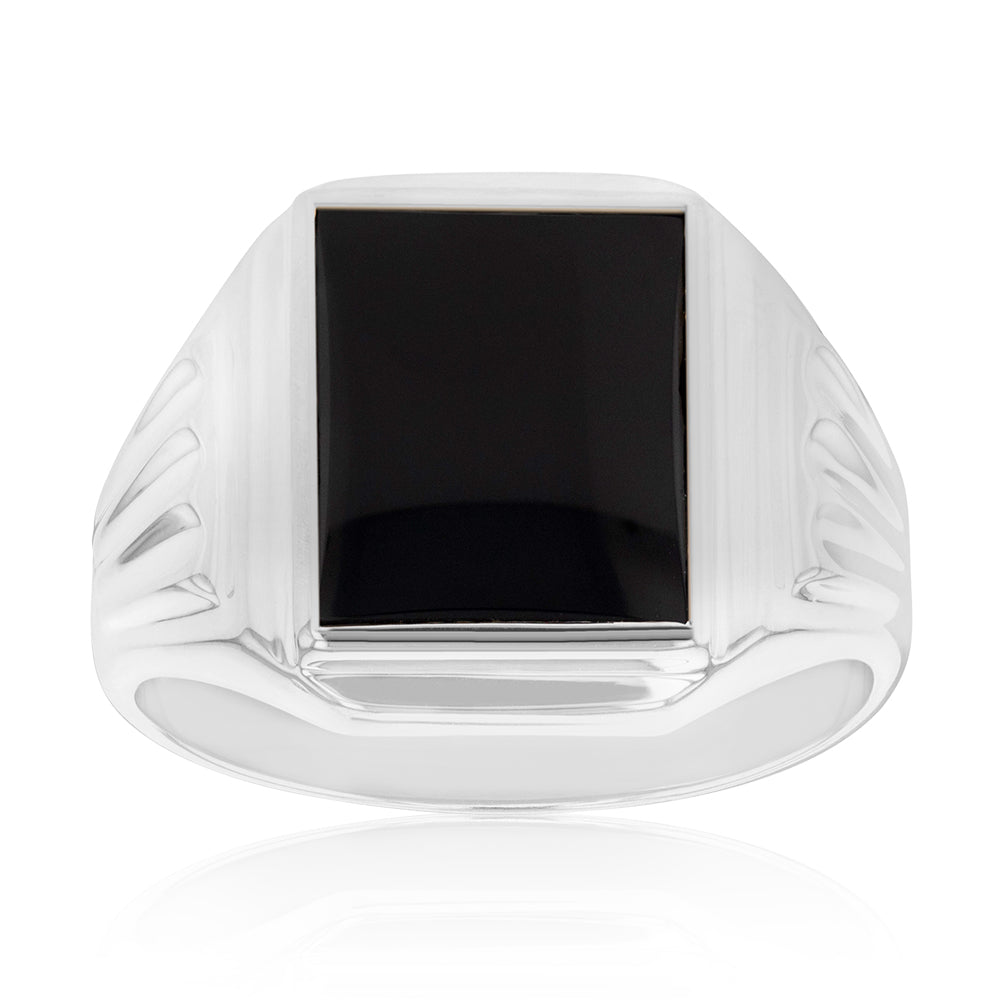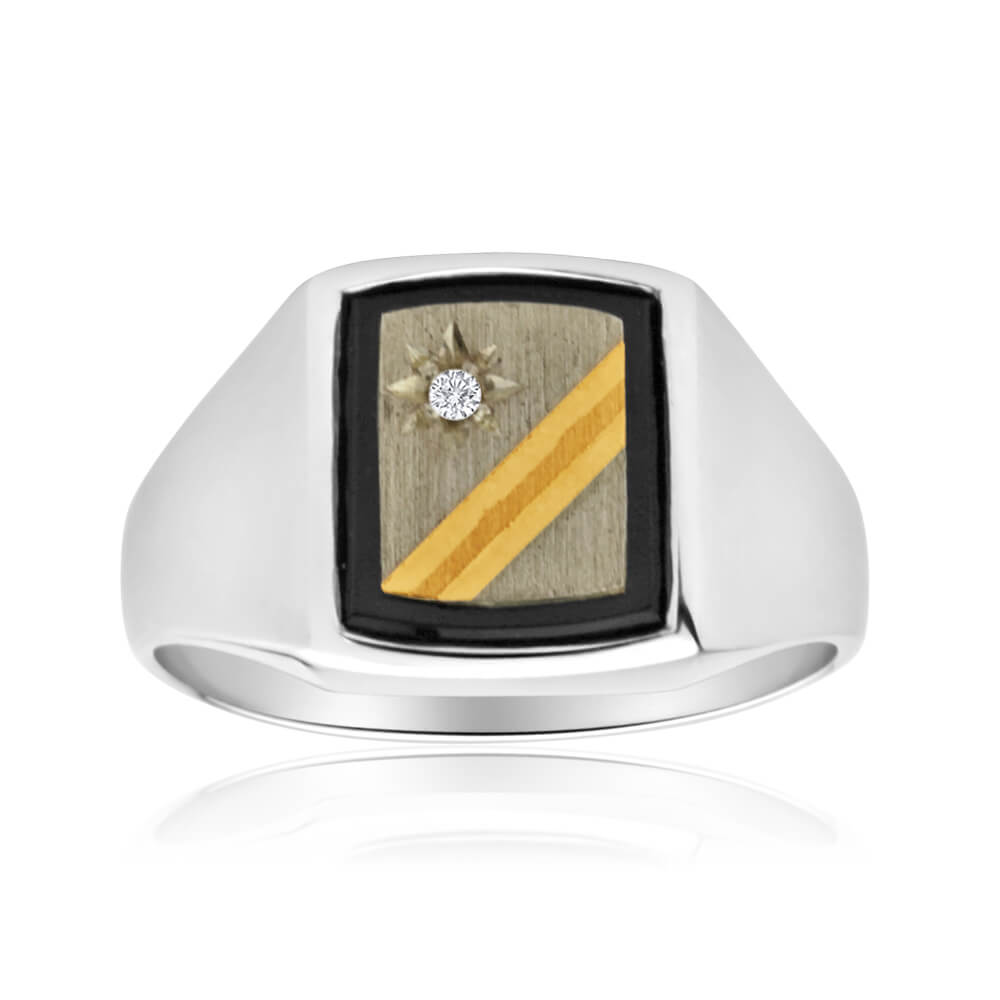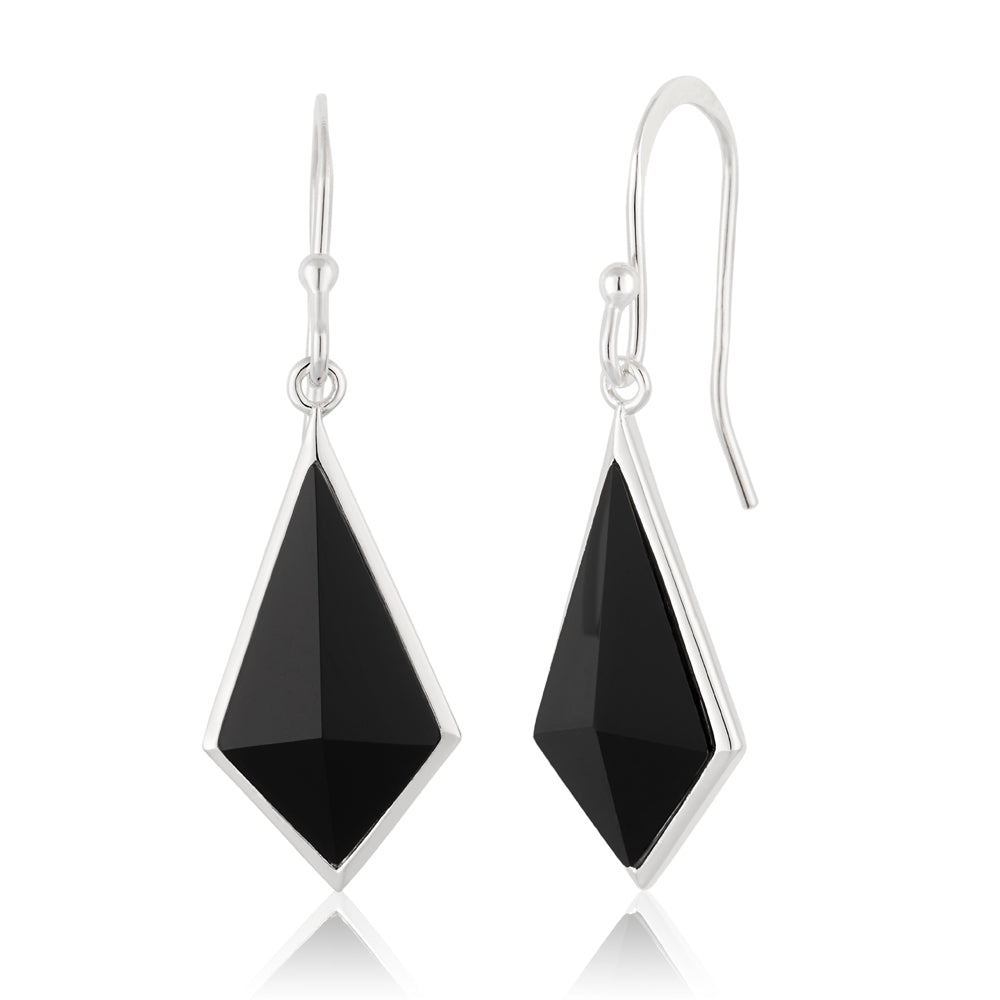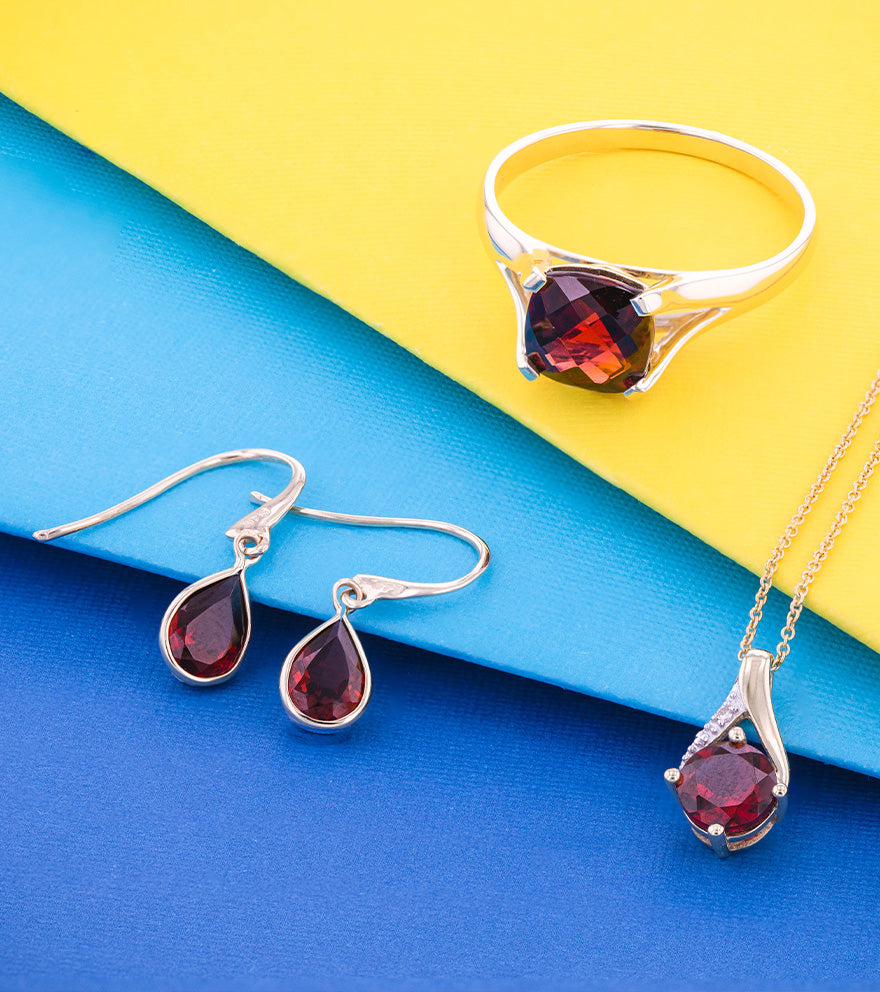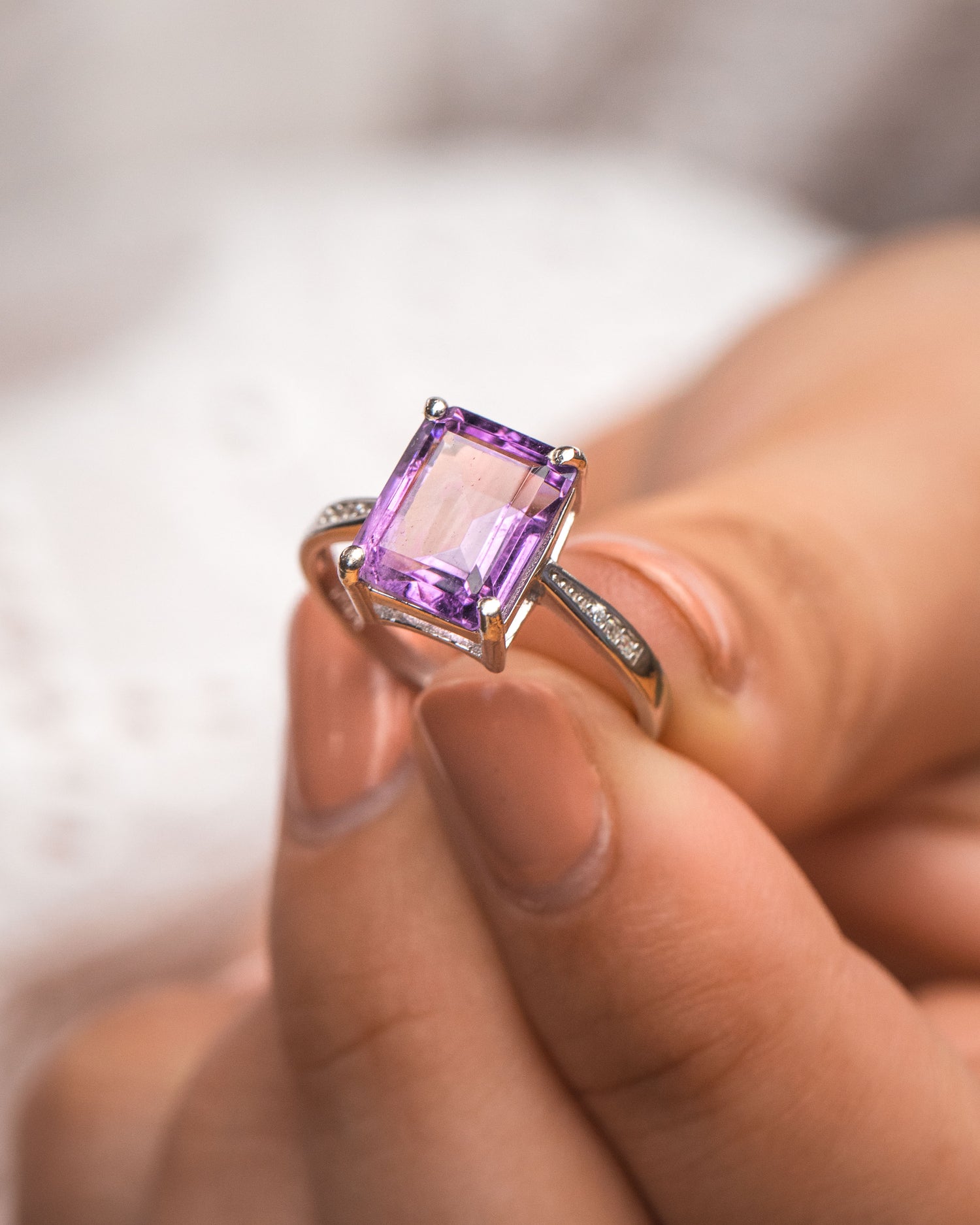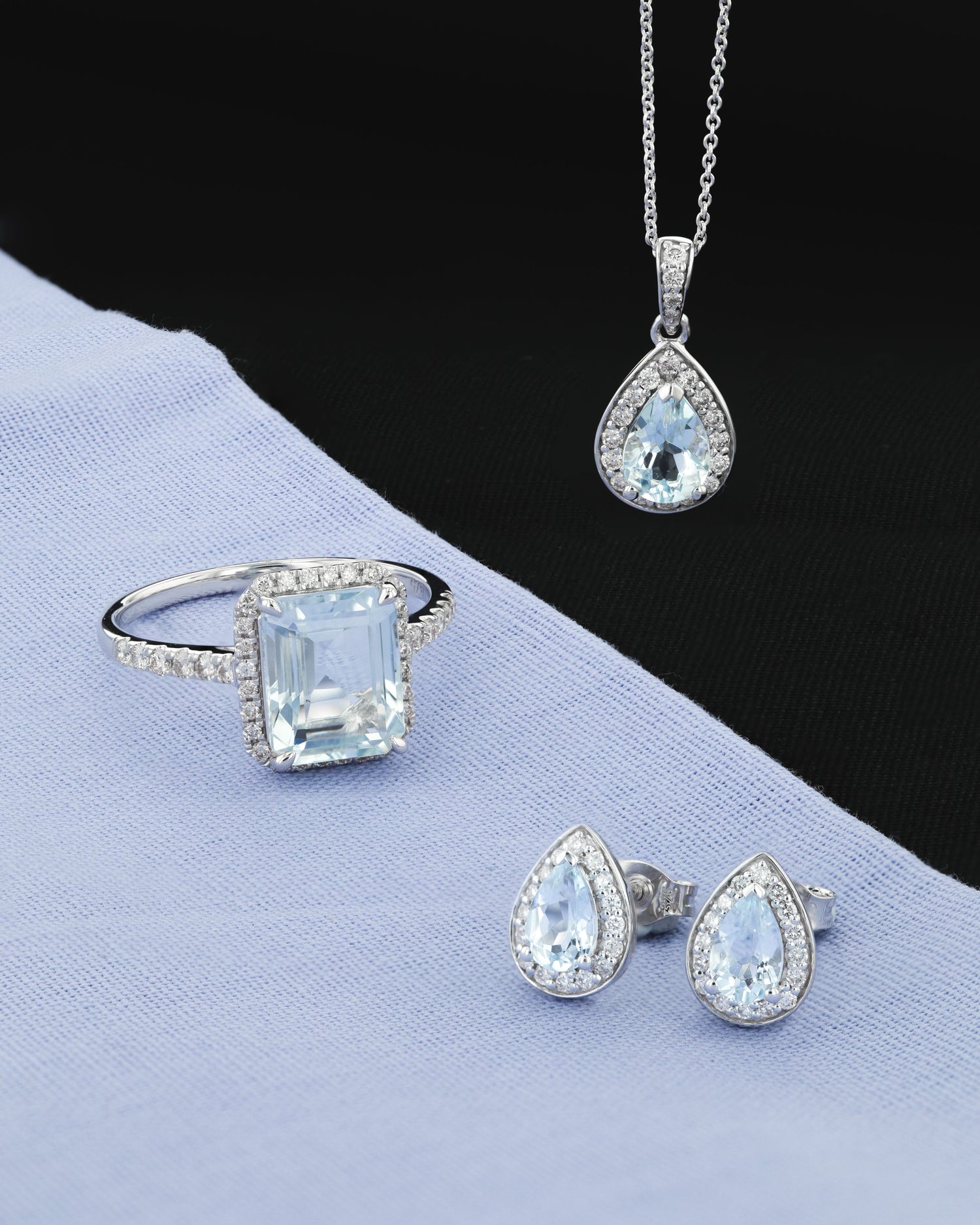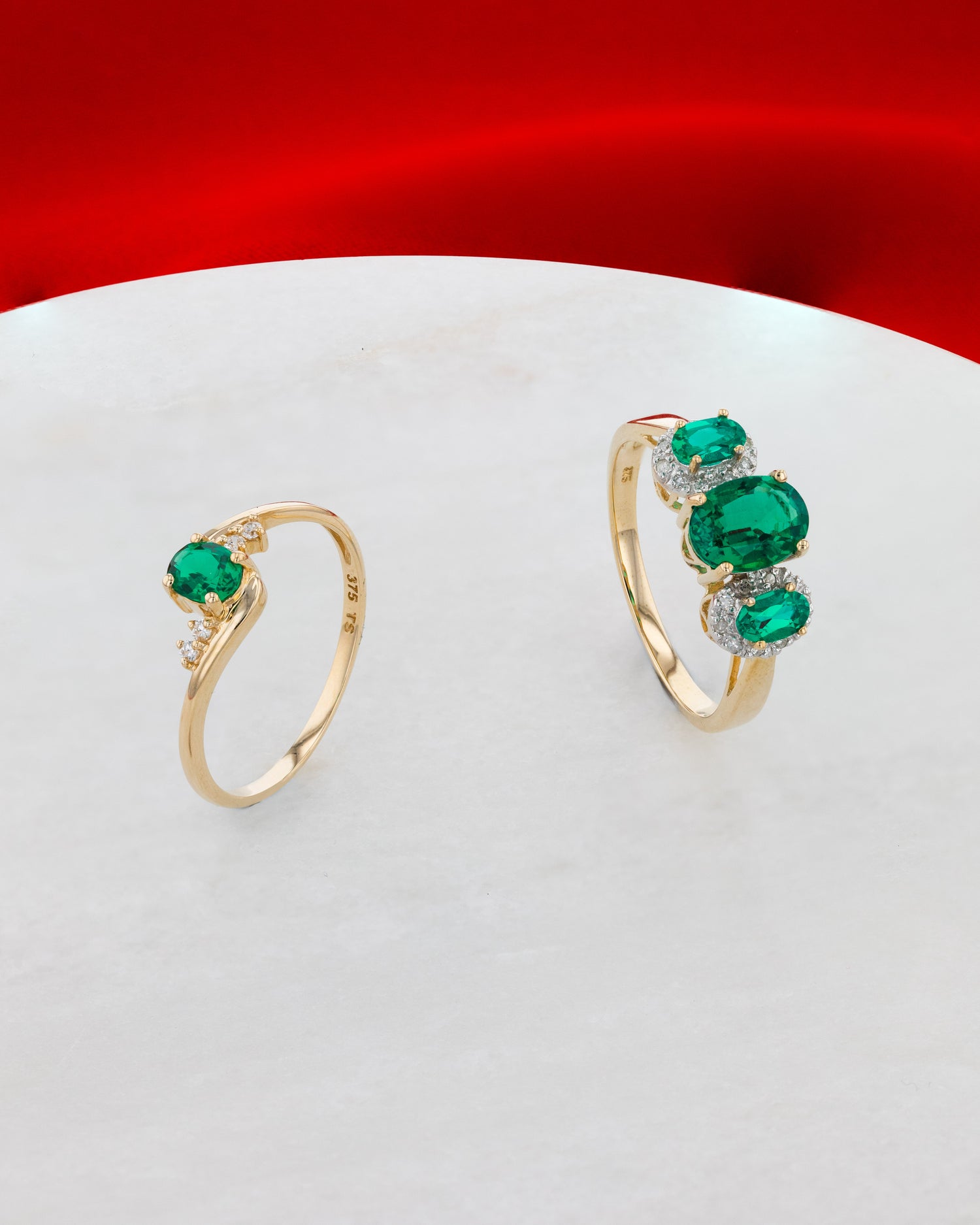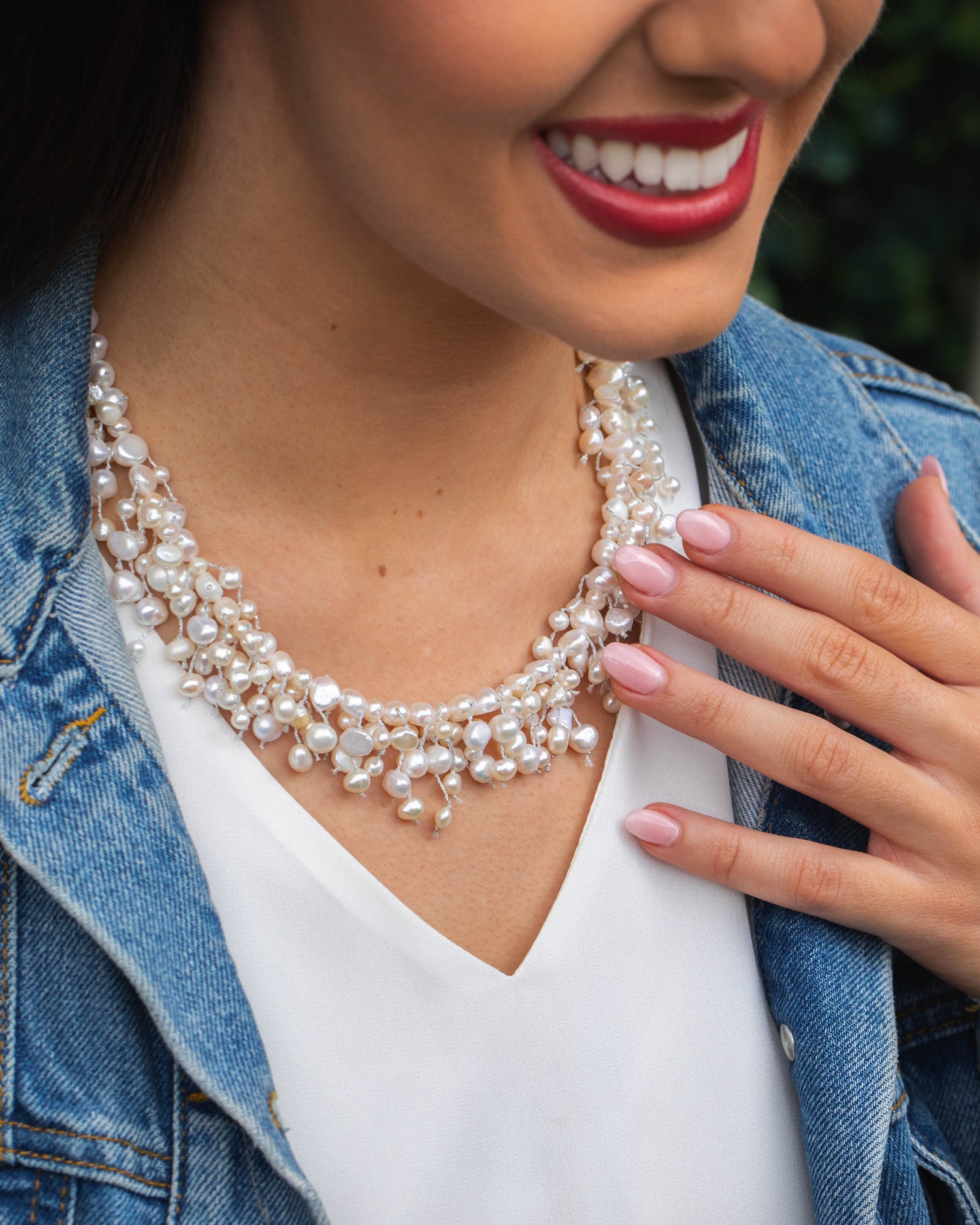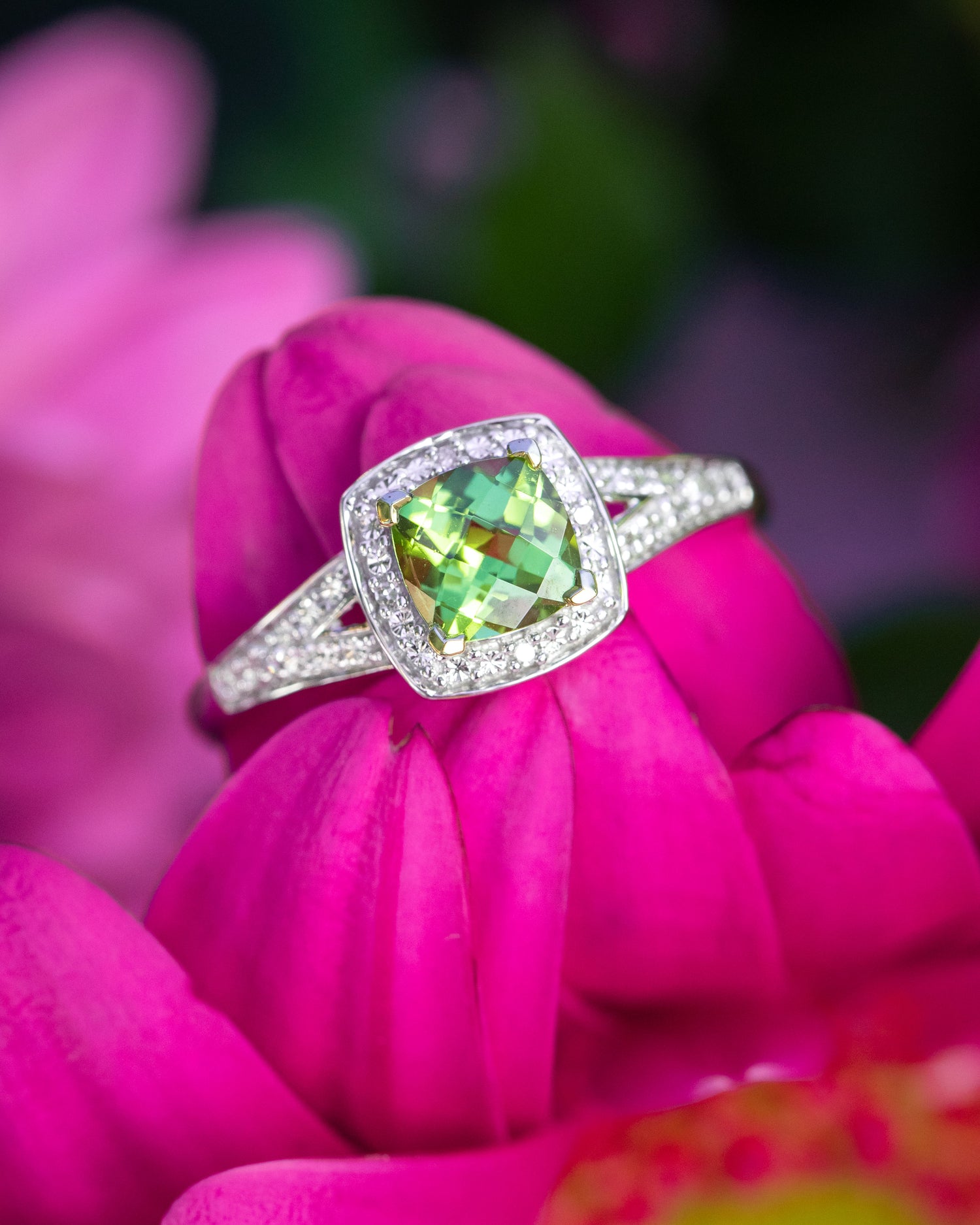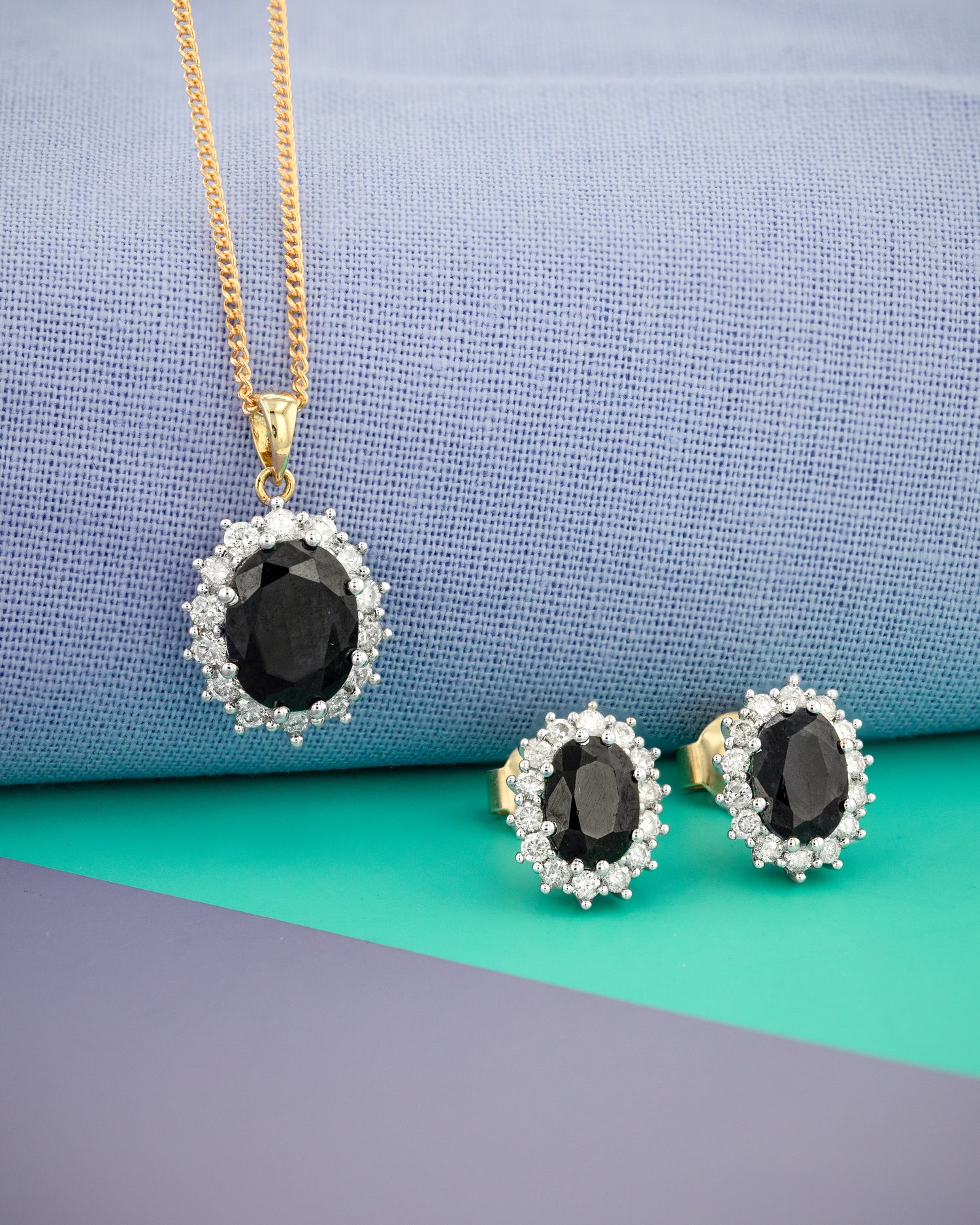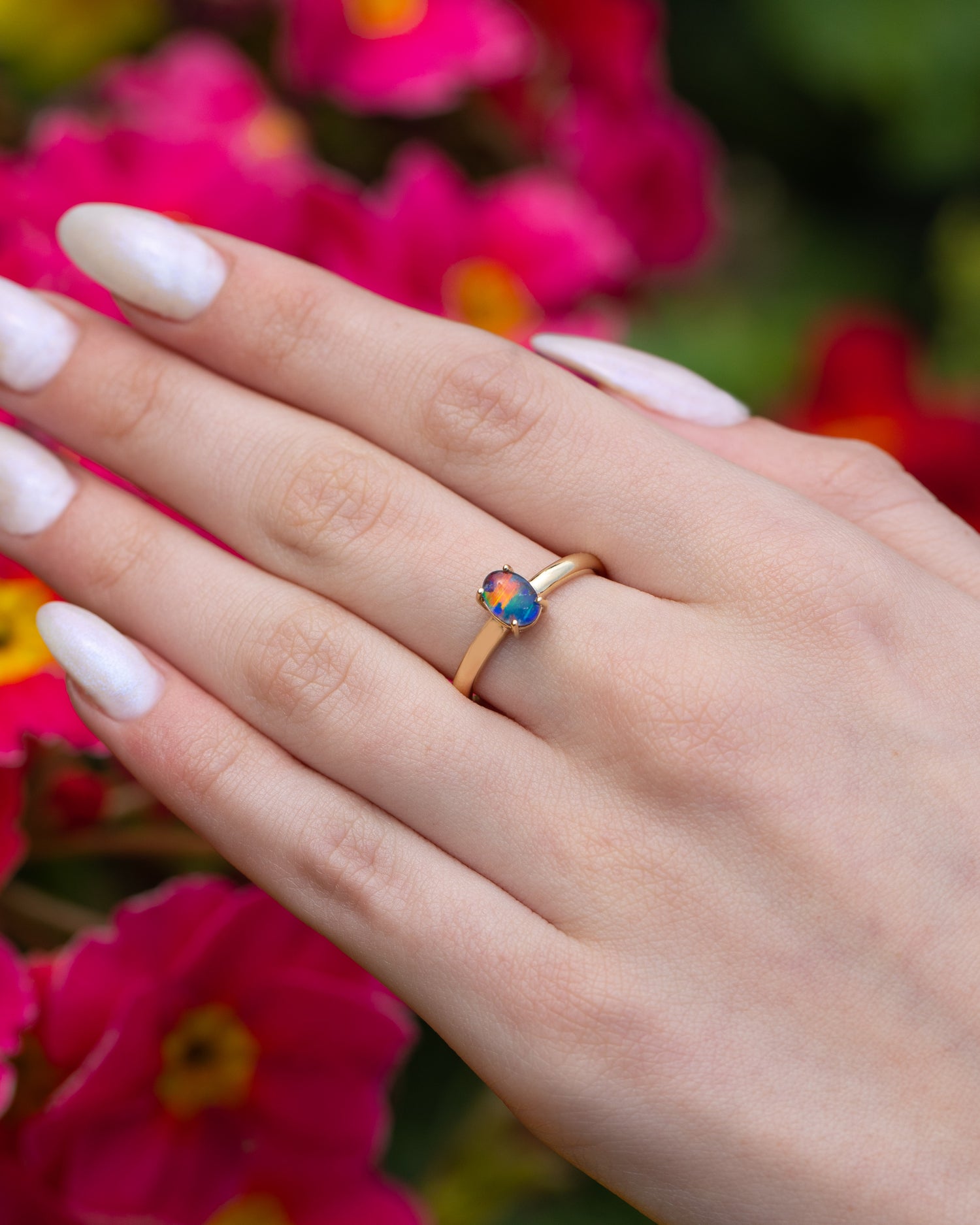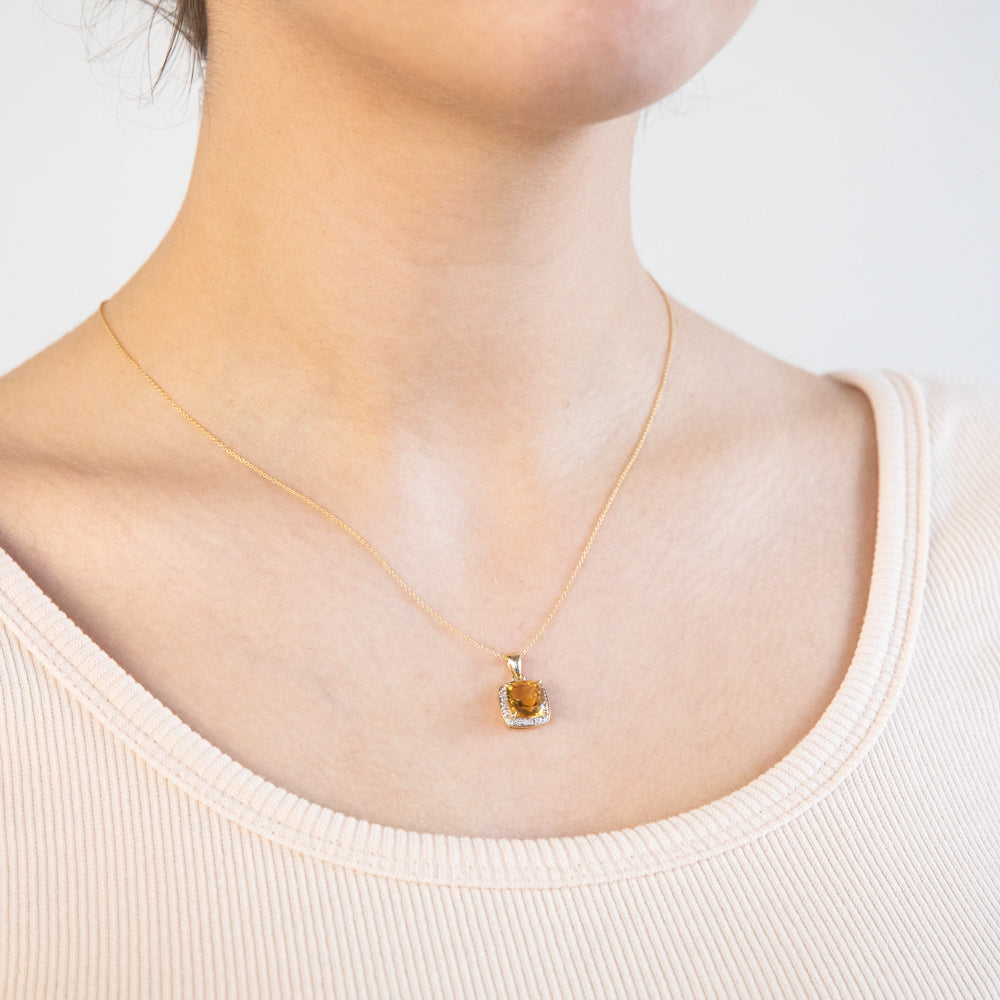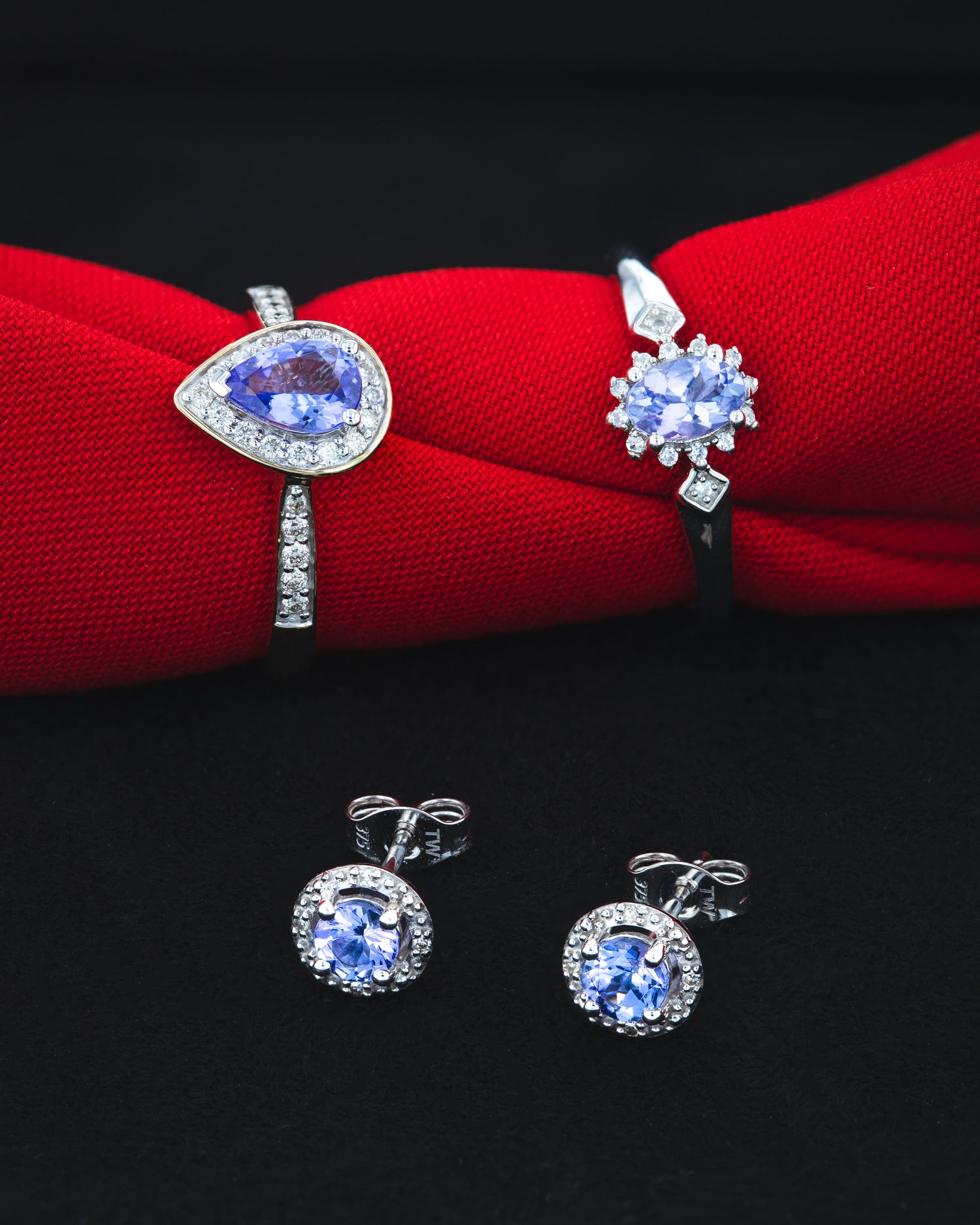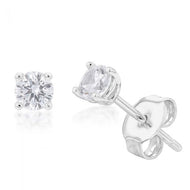July Birthstone
July Birthstone 1: Ruby
With their exquisite red hue, rubies are instantly one of the most recognisable gemstones in the world today. Nothing is as vivid or vibrant as clear, crisp, crimson ruby glow. The colour is one of the most unique and enchanting features of this gemstone, having accumulated a host of legends over the centuries.
Ruby’s Meanings And Physical Compounds
Through the ages, the ruby has been a symbol of nobility, passion and purity. Greatly valued by cultures all over the world, the ruby is seen as a protective stone that can help bring happiness and passion into the life of the wearer. With its hue being similar to the colour of blood which helps carry oxygen all over the body, rubies are also commonly associated with vitality and vigour. It is also believed that this precious gemstone can lend the body energy.
The colour love hearts and red roses which are commonly associated with romance, rubies have long been a symbol of romantic love. Referred to French jewellers in the 1800s as the ‘dearly loved stone’, this fiery gem is said to inspire sensuality, faithfulness and devotion within a romantic relationship. In crystal healing, the ruby is believed to promote an overall feeling of wellness and inspire better energy.
Like sapphire jewellery, rubies are composed of corundum (aluminium oxide). Corundum is one of the toughest and most durable minerals in the world next to diamonds. Ranking 9 on the Mohs scale of hardness, rubies are formed underneath the earth’s surface when corundum and other elements in trace amounts are exposed to extreme heat and pressure.
Following this, they then become a molten mixture in which ruby crystals are formed in. Rubies get their lustrous red colour when titanium, iron, chrome, vanadium, rutile or even a combination of the metals are included in the aluminium oxide mix.

History Of The Ruby
Rubies have been treasured in both ancient and modern cultures. In Burma (now known as Myanmar) soldiers would carry rubies with them as it made them appear invincible in battle. They took this belief so far that they even inserted rubies into their flesh before leaving home. Ancient Hindus believed that if they offered rubies to the Gods then they would be blessed with a high-ranking position in their next life.
Rubies were also a hot commodity on the ancient trade route Silk Road from as early as 200 BC. Historians even believe that Chinese soldiers adorned their swords and armour with rubies for protection and put them into the foundations of their buildings for prosperity. During the middle ages, people believe that carved images on rubies appeared that way naturally.
Up until the mid-1800s, it was thought that rubies came from the same family as other red stones such as garnet, tourmaline and spinel. The ruby, however, is more closely related to the sapphire while the other stones are made from a group of completely different minerals.
In more modern times, rubies are commonly associated with royalty. Most notably, Queen Elizabeth II owns a ruby tiara known as the Burmese Tiara. Perhaps one of the most controversial pieces in the British Crown Jewels due to its design and symbolism, the crown was made for the Queen in the early 1970s. When Britain's longest-reigning monarch ascended to the throne in 1953, she laid claim to jewels that are known as ‘heirlooms of the crown’.
This included a ruby diadem known as the Oriental Circlet Tiara. When the Queen decided to create a ruby tiara that she could call her own, she used the stones from the Orient Circlet-a crown that the Queen Mother adored and wore often as well as a tiara that was a wedding gift from the 7th Nizam of Hyperbad. The decision to create this crown using treasured jewels caused quite a stir in the UK at the time.
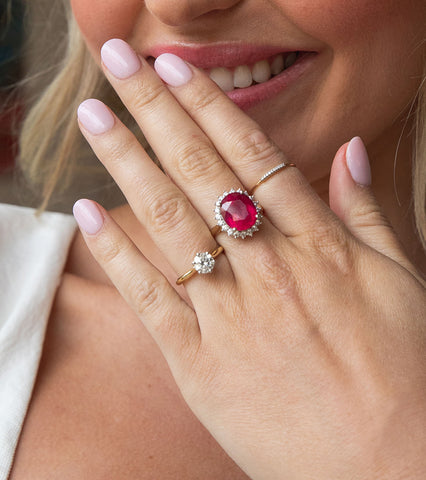
Where Are Rubies Found?
Rubies are typically mined in Myanmar, the Pailin and Samlout district of Cambodia, Afghanistan, Thailand, Australia, Brazil and Scotland as well as several other locations in Asia and the Middle East. The Mogok Valley in Myanmar was once responsible for a majority of the world's rubies, having produced many in some exquisite deep-red colours.
During the 1990s, Mong Hsu, an area which is at the centre of Myanmar, would become the leading source for rubies. Within mainland Europe, the only country that produces natural rubies is the Republic of Macedonia, where the stones are known to take on a more raspberry red appearance.
The largest ruby ever found is known as the 125West Ruby. Weighing in at over 18,000 carats or 3.7 kilograms, this magnificent stone is almost translucent in appearance. It features a pinkish-red hue and displays a strong fluorescent appearance when exposed to ultraviolet light.

Our Favourite Ruby Jewellery
Our collection of stunning ruby jewellery is available in many styles, including ruby rings, ruby necklaces, ruby pendants and ruby earrings. With sterling silver, white gold, rose gold and gold plating options available, whatever your style is, we have something in this ruby gemstone collection for you. From ruby bracelets to ruby accessories and more, discover our favourite ruby jewellery below. This July birthstone is truly stunning.

July Birthstone 2: Onyx
Dark and mysterious, the onyx is certainly one of the world’s most peculiar gemstones. As dark and as deep as the night sky, onyx is the perfect accessory for the mysterious man or woman on the move.
Onyx Meanings And Physical Compounds
Onyx is made from chalcedony, a crystallized form of silica. A member of the quartz family, Onyx forms when deposits of silica end up in the gas cavities of lava. This results in the striking lines and patterns visible on the surface of the stone. The Onyx can come in varied shades of red, orange and brown. Naturally occurring black Onyx stones are incredibly rare, meaning that the ones on the market are generally treated to get their striking jet black appearance. Possessing a smooth, wax-like lustre, Onyx stones rank at around 6.5-7 on the Mohs scale of hardness.
An incredibly mystical stone, the onyx is known to have many superstitions associated with it. In Ancient Rome, soldiers would carry onyx with them when they went into battle as they believed that the stone would bring them courage and luck. During the renaissance period in Europe, many believed that wearing the onyx would bestow eloquence. The onyx was also thought to bring powers of protection, defensive magic and prevent spiritual possessions. Women would often place an onyx stone on their chest during childbirth, believing that it would help them safely deliver their baby.
Referred to as the ‘fingernail stone’ by the Greeks who believed the Onyx resulted from the Goddess Venus losing one of her fingernails in the sacred Indus river, this mythical stone was also said to be a symbol of mourning. It is also said to represent stamina, strength and vigour, while also helping to promote steadfastness and wise-decision making. In some cultures, the onyx is also believed to help banish feelings of grief, promote overall happiness and enhance your self-control.

HISTORY OF THE ONYX STONE
Much like the ruby, the onyx has a history that dates back millions, if not billions of years. The stone was particularly popular in Ancient Rome and Greece where it was used to create Cretan art which was popular during the Minoan civilisation. The Romans even used onyx as the bases and handles of gold items as well as for stone inlay work. Archaeologists have even discovered that onyx was used to make bowls and other pottery in Ancient Egypt. While in Ancient India and Persia, the Onyx was gifted to couples to ensure their relationship remained harmonious and relatively conflict-free.
The onyx wouldn't make an appearance in jewellery items for some time as many cultures believed the stone to be bad luck. Particularly in China where it was mined by slaves as no one wanted to touch it, believing that they would lose their energy if they did so. This meant that the stone was only sold and exported to unconscious people as well as those who were far away from Chinese borders.
The Victorian era in England is when the onyx officially became fashionable, particularly black onyx stones which were made into onyx rings and more. Out of respect for Queen Victoria who famously mourned her husband Prince Albert's death for 40 years and only wore black, colourful onyx stones were prohibited in jewellery-meaning people could only purchase the stones in black.
WHERE IS ONYX FOUND?
Onyx stones are typically found and mined in Brazil, Argentina, the United States, Switzerland, Pakistan, Greece, Yemen, Uruguay, Germany and India among several other countries. A large portion of the stones are treated to get the luscious, shiny marble-like appearance they possess.

OUR FAVOURITE ONYX JEWELLERY
The brooding, mysterious appeal of black onyx is in stark contrast to the burst of colourful gemstones this season. Check out our favourite July birthstone onyx jewellery below!


